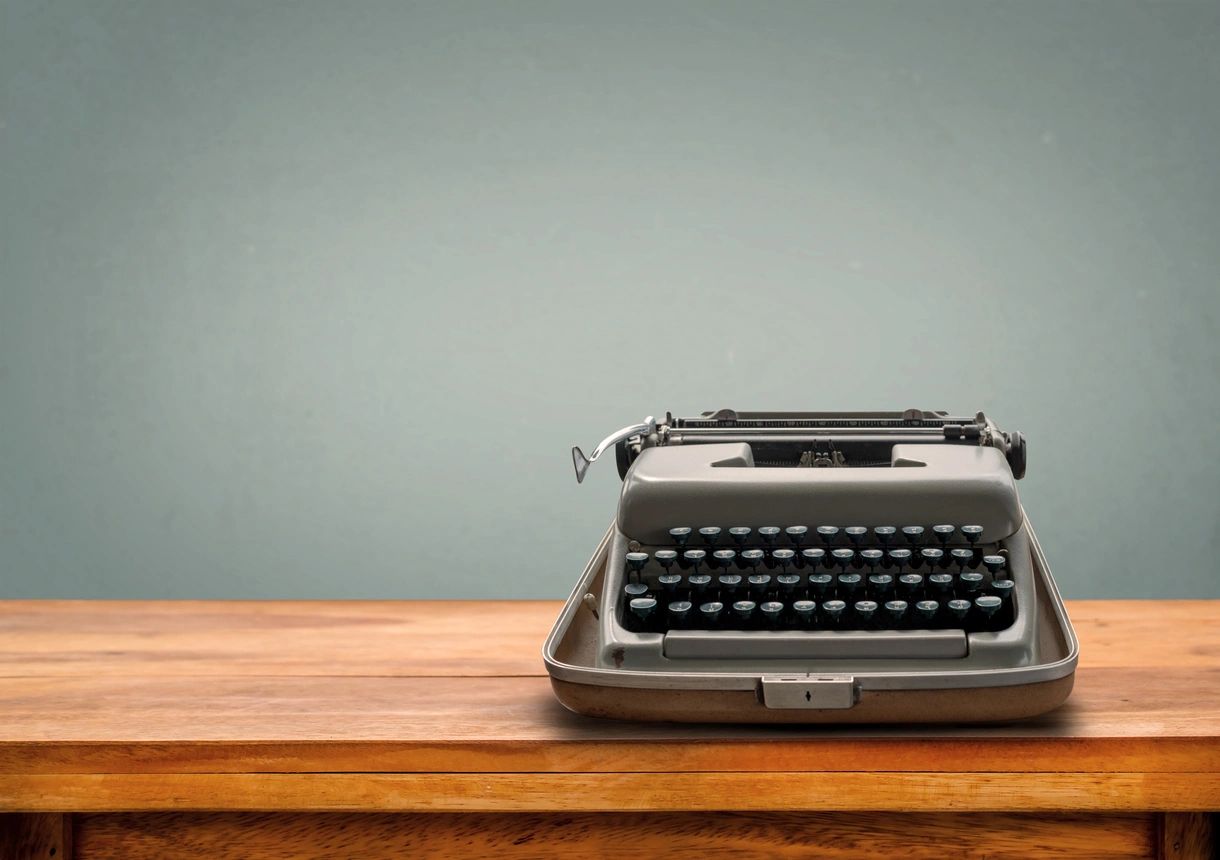Written for print publication in 2021
September 13 is Roald Dahl Day, so we’re taking this opportunity to look back on one of the most fabled figures in the history of children’s literature. Between 1953 and 1988, Dahl published 19 books, including international bestsellers James and the Giant Peach, Charlie and the Chocolate Factory, and Matilda. But Dahl was more than just a children’s book writer. He was also a world traveler, a fighter pilot, a spy, an inventor, and a bonafide chocolate historian.
Early Life
Laying the foundations for the twisted, irreverent storylines that would one day make him famous, Roald Dahl’s childhood was anything but idyllic. He was born in Llandaff, Wales in 1916. When he was four years old, his sister Astrid died of an infection resulting from a burst appendix. A few weeks later, his father died of pneumonia. At the age of nine, his mother sent him to a boarding school, where he quickly fell out of favor with the headmaster. While Dahl’s distaste for following the rules and his steadfast dedication to practical joking earned him several beatings during his time at school, themes of clever children overcoming malevolent, overbearing adults would later feature prominently in his work.
After graduating from boarding school, Roald’s mother offered to pay his way through Oxford or Cambridge, but he declined. “No thank you,” he wrote back. “I want to go straight from school to work for a company that will send me to wonderful faraway places like Africa or China.” Roald quickly made good on his desire to travel. His first job took him halfway around the world to Newfoundland, Canada. His second job was in Tanzania.
At the outset of WWII, Dahl enlisted in the Royal Air Force. In 1940, after his plane crash landed in the Libyian desert, Dahl suffered serious injuries to his head, back, and hip. He spent six months recovering in an Allied hospital in Alexandria, Egypt. Afterwards, he was reassigned to Washington, D.C. where he worked as an air attache for the RAF. During his time in Washington, he also supplied intelligence to the British intelligence agency MI6.
In 1953 Roald Dahl married Patricia Neal, an American actress who he would remain married to for the next thirty years. They had five children together. In 1960, after their four-month-old son, Theo, suffered a brain injury, Dahl teamed up with a toymaker and a neurosurgeon to design a valve for treating children with hydrocephalus. The Wade-Dahl-Till stint was used to treat an estimated 3,000 children worldwide.
Writing Career
Roald Dahl’s initial inroads into fiction writing were actually intended for adult audiences. While stationed in Washington, D.C., the Saturday Evening Post published a series of stories he had written based on his experiences with the RAF. In 1953 Dahl broke into the bestseller list for the first time with a collection of short stories called Someone Like You. He later built on this success with Kiss Kiss, a darkly comedic collection of adult stories.
In 1961 Dahl published his first bestselling children’s book, James and the Giant Peach. The idea for the story grew from bedtime stories that Dahl told to his daughters. Capitalizing on the success of James and the Giant Peach, Dahl first introduced the world to Willy Wonka in his 1964 novel, Charlie and the Chocolate Factory. The inspiration for the novel went all the way back to his time at boarding school when students were included in a chocolate bar taste-test. While the book was an immediate commercial and critical success in the United States, publishers in Dahl’s native UK refused to publish the book until 1967. The prevailing concern at the time was that the themes were too dark, the humor too subversive for children. Dahl’s response to this criticism was that children have a cruder sense of humor than adults. He even agreed to pay half of the UK publishing costs — a gamble which paid off when Charlie and the Chocolate Factory reached the UK bestseller list later that year.
“Children are … highly critical. And they lose interest so quickly,” Dahl said in an interview. “You have to keep things ticking along. And if you think a child is getting bored, you must think up something that jolts it back. Something that tickles. You have to know what children like.”
With his reputation at an all-time high, Dahl turned his attention to film, writing the screenplays for the James Bond blockbuster You Only Live Twice, as well as the beloved children’s movie Chitty Chitty Bang Bang. In 1971 a film adaptation of Charlie and the Chocolate Factory starring Gene Wilder was released under the altered title, Willy Wonka and the Chocolate Factory. Despite his own foray into screenwriting, Dahl famously hated the film, along with all of the other film adaptations of his novels that came out in his lifetime.
Over the next two decades, Dahl’s writing was nothing short of prolific. Some of his best-known works during that time include Fantastic Mr. Fox (1970), Danny, the Champion of the World (1975), The BFG (1982), The Witches (1983), and Matilda (1988). The stories invariably pit heroic youngsters against dictatorial adults, exhibiting the trademark combination of childish wonder and sinister humor that has made Dahl’s work so enduringly beloved.
Roald Dahl died on November 23, 1990, but his legacy lives on. Several film adaptations have been made of his novels in the decades since his passing, including the Danny DeVito directed Matilda (1996), Wes Anderson’s stylish retelling of Fantastic Mr. Fox (2009), and, most recently, HBO’s controversial new take on The Witches (2020). It’s safe to say that Mr. Dahl would have hated all of them.




